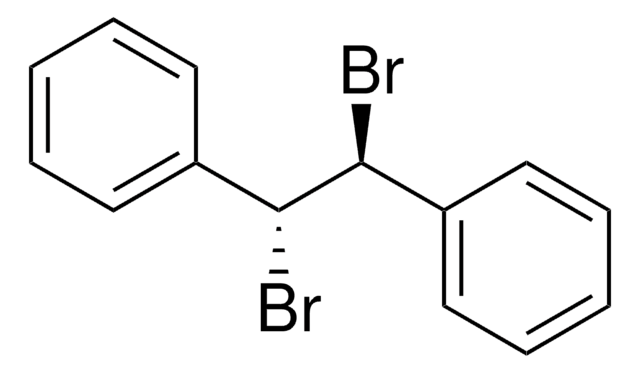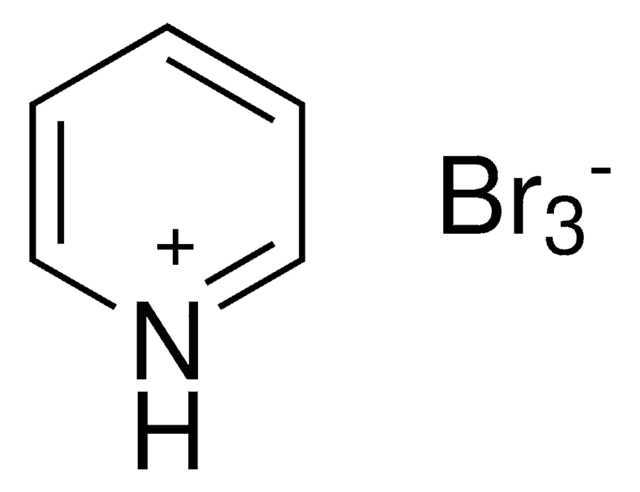109479
Benzoic acid
ReagentPlus®, 99%
Synonym(s):
Benzenecarboxylic acid, Carboxybenzene
About This Item
Recommended Products
vapor density
4.21 (vs air)
Quality Level
vapor pressure
10 mmHg ( 132 °C)
product line
ReagentPlus®
Assay
99%
form
crystalline
autoignition temp.
1061 °F
packaging
poly bottle of 500 g
bp
249 °C (lit.)
mp
121-125 °C (lit.)
solubility
water: soluble 2.9 g/L at 25 °C
functional group
carboxylic acid
phenyl
storage temp.
room temp
SMILES string
OC(=O)c1ccccc1
InChI
1S/C7H6O2/c8-7(9)6-4-2-1-3-5-6/h1-5H,(H,8,9)
InChI key
WPYMKLBDIGXBTP-UHFFFAOYSA-N
Looking for similar products? Visit Product Comparison Guide
Related Categories
General description
Application
- paints
- pigments
- varnish
- wetting agents
- aroma compounds
- benzoyl chloride
- benzotrichloride
Legal Information
Signal Word
Danger
Hazard Statements
Precautionary Statements
Hazard Classifications
Eye Dam. 1 - Skin Irrit. 2 - STOT RE 1 Inhalation
Target Organs
Lungs
Storage Class Code
6.1C - Combustible acute toxic Cat.3 / toxic compounds or compounds which causing chronic effects
WGK
WGK 1
Flash Point(F)
Not applicable
Flash Point(C)
Not applicable
Personal Protective Equipment
Choose from one of the most recent versions:
Already Own This Product?
Find documentation for the products that you have recently purchased in the Document Library.
Customers Also Viewed
Our team of scientists has experience in all areas of research including Life Science, Material Science, Chemical Synthesis, Chromatography, Analytical and many others.
Contact Technical Service






